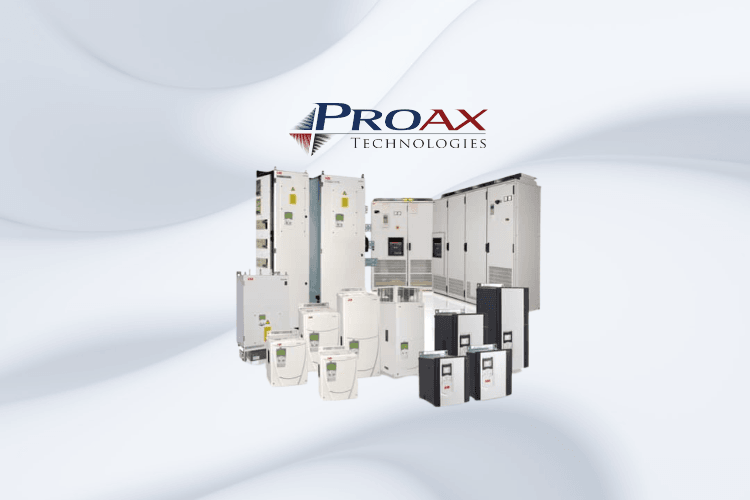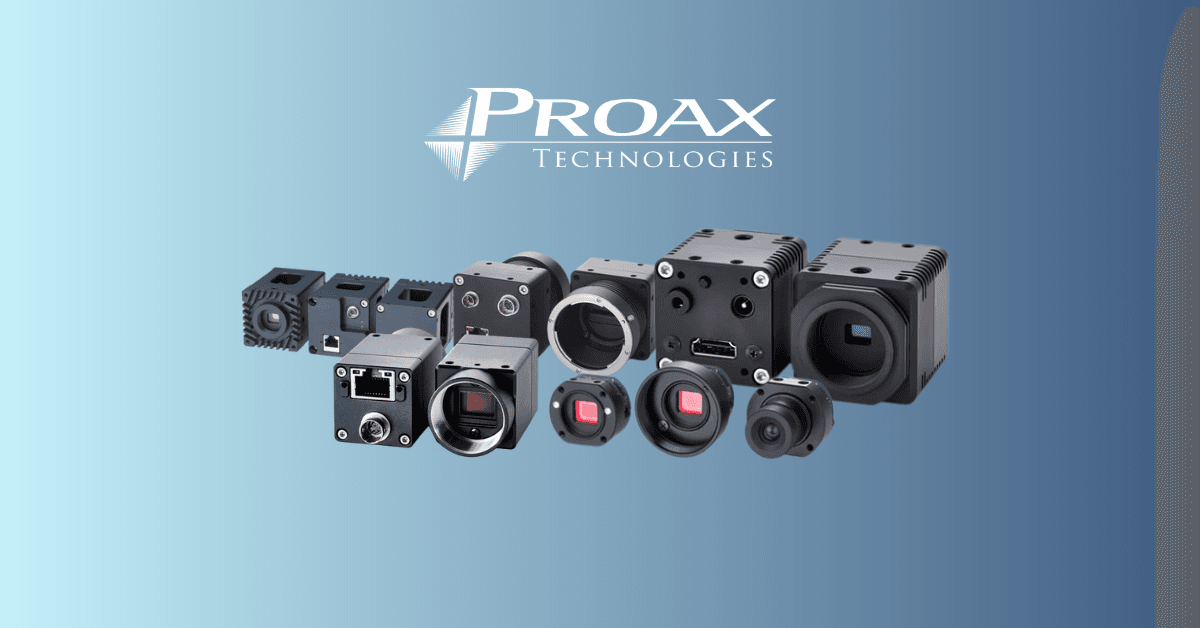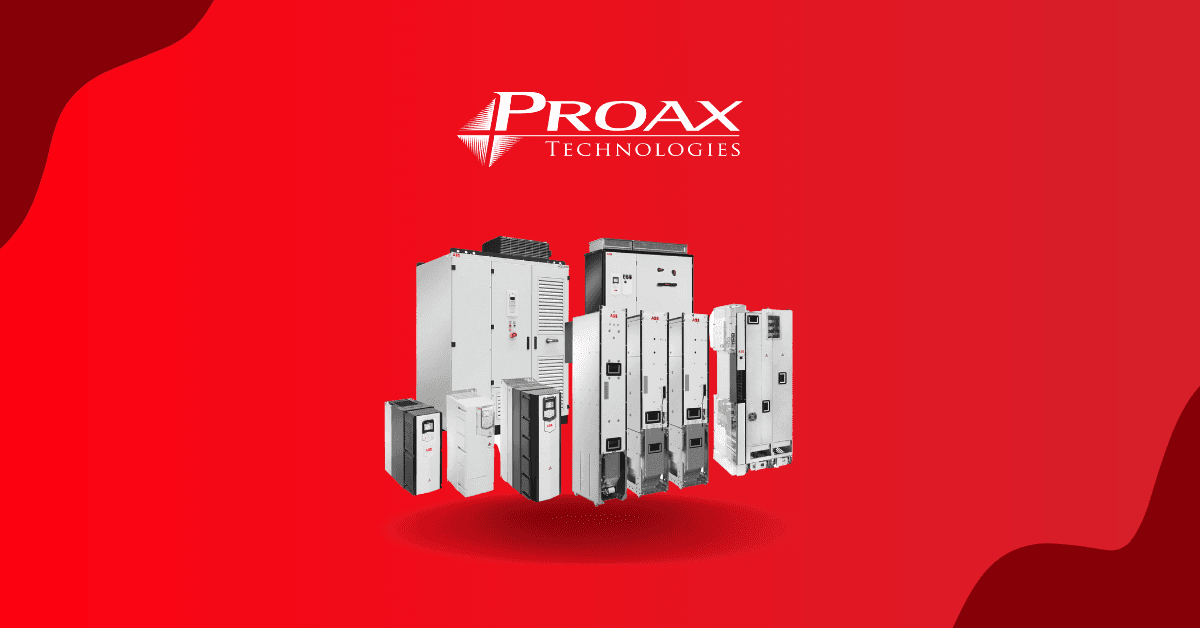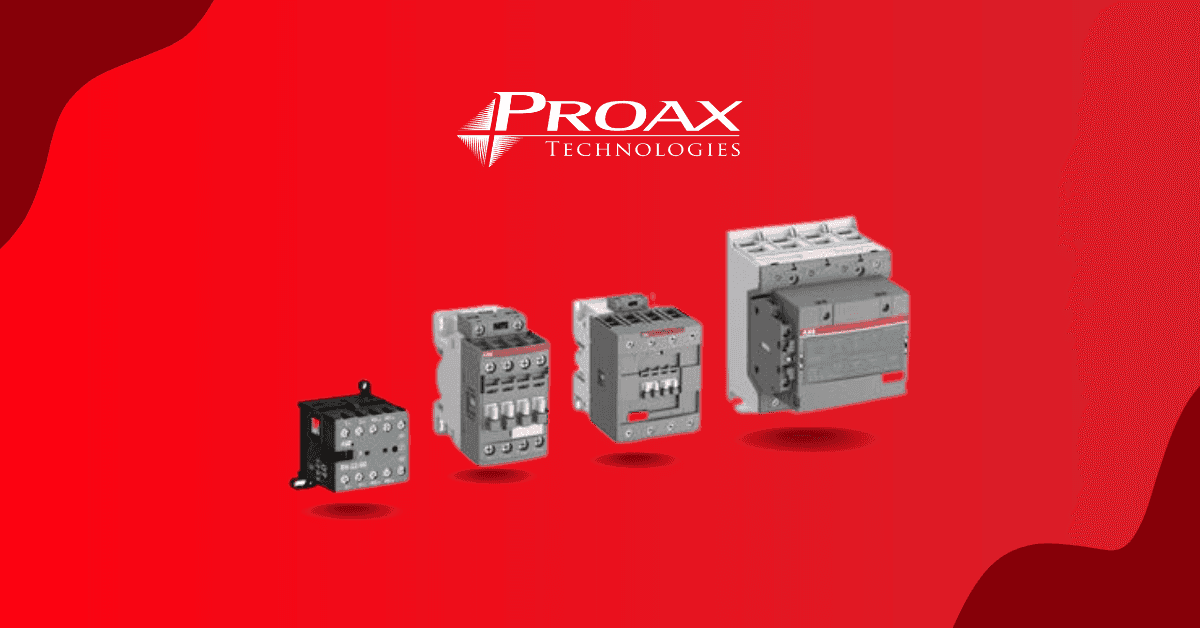Dive into our comprehensive guide to DC drives. Ideal for engineers, industry professionals, and the curious alike, this guide will simplify the complex world of DC drives. We'll explore their components, functions, and applications, offering you an in-depth understanding of how these machines can transform various industries
What are DC Drives?
Direct Current (DC) drives are motor controllers that modulate the voltage or current of the power supply to control the speed of a DC electric motor. These motors regulate exceptional speed, especially for applications requiring low-speed torque and precise control.
How does a DC Drive work ?
A DC drive is a device that controls the speed of a DC motor, which converts direct current electrical energy into mechanical energy. You'll find these motors everywhere - from small toys and home appliances to powerful machines driving vehicles or operating steel rolling mills.
Let's break down the DC motor's key components: the stator and the armature. The stator is stationary, while the armature rotates. The stator creates a magnetic field which causes the armature to rotate.
Here's how it works: The stator uses stationary magnets, while the armature carries a coil of wire. As current flows through this wire, it produces an electromagnetic field. The wire coil is connected to a device called a commutator, which functions like a rotary switch. This switch sequentially energizes each armature coil, generating constant torque.
As the commutator swiftly switches the coils on and off, a rotating magnetic field is created. This field interacts with the stator's magnetic fields to generate torque, which leads to rotation. That's the basic principle behind a DC drive - it converts electrical energy into mechanical energy, offering a practical solution for many applications.
Types of DC Drives
Brushed Motors: Physical contacts, typically spring-loaded graphite brushes biased against the commutation bar, are utilized for commutation in brushed motors.
Brushless motors: They are electronically commutated with no physical contact between brushes. Utilizing Hall effect sensors to detect rotor position is a common technique for positional feedback control of commutation. Options for commutation include trapezoidal and sinusoidal motor drive signals.
Servo motors: They can be brush or brushless and include an internal sensor for position control and other applications in industrial automation. If brushless, the commutation of the three phases will typically be trapezoidal or sinusoidal; the term "DC brushless" typically refers to a trapezoidal commutation brushless motor with Hall Effect sensor feedback for commutation control.
Linear motors: They only produce force in the direction of motion. The motor technology is similar to rotary motor technologies with a linear orientation. Linear motors can have high velocities, rapid acceleration, and precise positioning. Examples of linear motor technologies are moving coil, magnet, AC switched reluctance design, AC synchronous design, AC induction or traction design, linear stepping design, DC brushed design, and DC brushless design.
DC motors come in various types, including brushed motors, brushless motors, and servo motors. Proax is here to help you understand these types and choose the most suitable option for industrial automation needs. Contact us now for your DC drive needs.
Components of DC Drive
DC Drive Input: Some thyristor-based DC drives use four thyristors for full-wave rectification and operate on a single-phase power supply. The gentler waveforms of three-phase power supplies are required for larger motors. For full wave rectification, six thyristors are necessary in such situations.
Rectifier Bridge: The power component of a controlled DC drive is a full-wave bridge rectifier that can be powered by either a three-phase or a single-phase supply. As stated previously, the quantity of thyristors can differ depending on the supply voltage.
Field Supply Unit: Since the power to be applied to the field winding is significantly less than the power to the armature, a single phase supply is typically provided. A distinct thyristor bridge or diode rectifier is used to supply power to the motor's field winding
Speed Regulation Unit: It compares the operator's instruction (desired pace) with feedback signals and sends the firing circuit the right calls. This regulator unit in analog actuators consists of both voltage and current regulators. The voltage regulator receives the speed error as input and generates the output voltage, which is then applied to the current regulator.
The current regulator then supplies the firing circuit with the required firing current. If additional speed is required, the voltage regulator must request other currents, causing the thyristors to conduct for more extended periods. Typically, proportional-integral-derivative controllers are used to achieve this regulation (both voltage and current).
Firing Circuit: Supplies the gate pulses to the thyristors, causing them to turn ON for specific periods and generate variable armature voltage. In addition to providing isolation, this gate drive circuit also includes isolation.
Differences between AC and DC Drives?
AC and DC drive both control the speed of motors, but in different methods and for different motor types.
| Aspect | AC Drives | DC Drives |
|---|---|---|
| Control Method | Vary AC motor speed by changing frequency and voltage | Adjust DC motor speed by changing input voltage |
| Compatibility | Compatible with single and three-phase AC motors | Typically used with DC motors |
| Applications | Ideal for speed control, energy savings | Used in applications requiring high starting torque and rapid response |
| Also Known As | Variable Speed Drives (VSDs) or Variable Frequency Drives (VFDs) | - |
| Efficiency | Enhances motor efficiency, reduces energy consumption |
The Price of DC Motors
Depending on its power rating, complexity, and additional features, the price of a DC drives can vary significantly. A straightforward low-power DC drive may cost a few hundred dollars in 2023, while high-power industrial DC drives may cost thousands or even tens of thousands. When contemplating DC drives, it is essential to evaluate the total cost of ownership, including maintenance and operational costs.
Working Principle of DC Drives
By adjusting the quantity of current delivered to a DC motor, a DC drive regulates its speed. It is typically accomplished through the use of Pulse-Width Modulation (PWM). The DC drive modulates the pulse width of the power delivered to the motor, thereby controlling the average power produced and the motor's speed
VFD vs DC Drives
Variable Frequency Drives (VFDs) are a form of AC drive that controls the speed of an AC motor by varying its supply frequency. On the other hand, DC drives regulate DC motor speed by modulating the voltage or current of the power supply.
| Aspect | VFD (Variable Frequency Drive) | DC Drive |
|---|---|---|
| Control Method | Vary AC motor speed by adjusting supply frequency | Regulate DC motor speed by modulating voltage or current |
| Efficiency | More energy-efficient | Efficiency varies based on drive type |
| Maintenance | Requires less maintenance | May require more frequent maintenance |
| Torque at Low Velocities | May have limitations at low velocities | Capable of providing higher torque |
| Applications | Speed control, energy savings | High starting torque, precise speed regulation |
| Technical Support | Contact us for VFD support | Contact us for ABB DC Drives support |
Unpacking ABB's DC Drives: Key Advantages
ABB's DC drives stand out for their superior torque control, making them an unbeatable option for crane and elevator operations. They guarantee smooth, precise movements, minimizing downtime, and thus boosting productivity.
These drives shine in the realm of manufacturing too, notably in conveyor systems and machine tools. They offer easy yet efficient speed control, enhancing operational accuracy and productivity due to their robust design and state-of-the-art technology.
One of the hallmarks of ABB's DC drives is their swift responsiveness to control adjustments. With their high dynamic response, these drives adapt to sudden load changes, ensuring an elevated level of process control and overall system performance.
Moreover, these DC drives are constructed for low maintenance. Thanks to their advanced digital technology, durable construction, and sophisticated diagnostic features, they present a cost-effective option. They deliver optimum performance while reducing the total cost of ownership.
ABB DC Drive Series and Their Industrial Uses
DCS550 Series: These are standard DC drives that offer extensive control over DC motor speed and torque, making them suitable for various applications. Typically, these drives are used in rolling mills, hoists, pulleys, conveyors, and other machinery in materials handling, marine, metals, and mining industries.

DCS800 Series: The DCS800 DC drives are designed for high-performance, multiprocessing applications. They have a more excellent capacity range and can perform more complex tasks. Heavy industries such as mining, pulp & paper, printing, cranes, and steel rolling mills, among others, utilize these motors.

DCS880 Series: The DCS880 DC drives are upgraded from to the DCS800 and are compatible with most DC motor varieties. They are suitable for both straightforward and intricate applications and rigorous industrial environments. Paper manufacturing, marine, metallurgy, and testing industries use these drives.

ABB leads the industry with our DC drives designed for various sectors. Our DCS Series boasts improved energy efficiency and innovative technologies, optimizing performance and power quality. Contact us today to explore how our ABB Drives can transform your business's productivity and energy consumption.












































